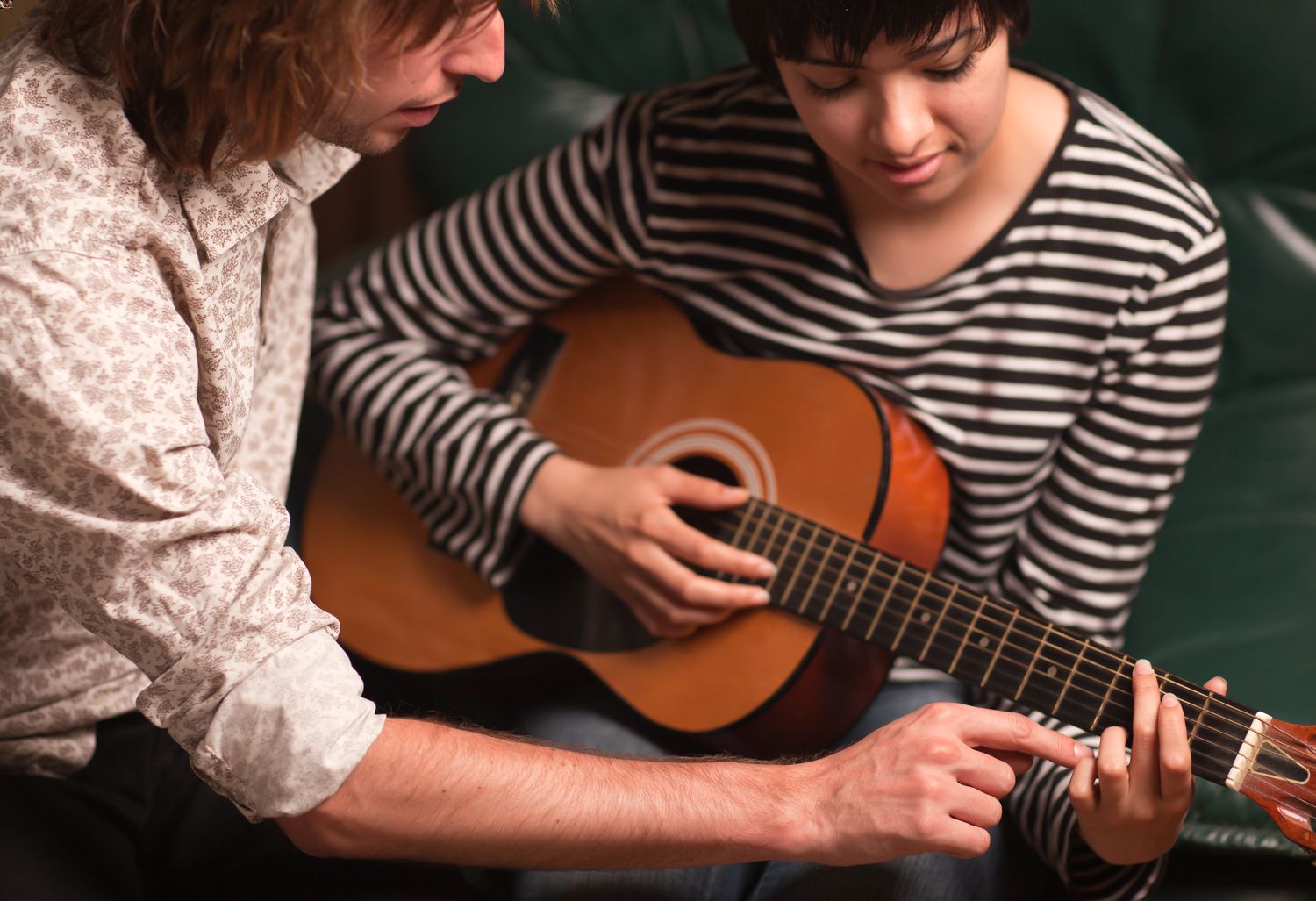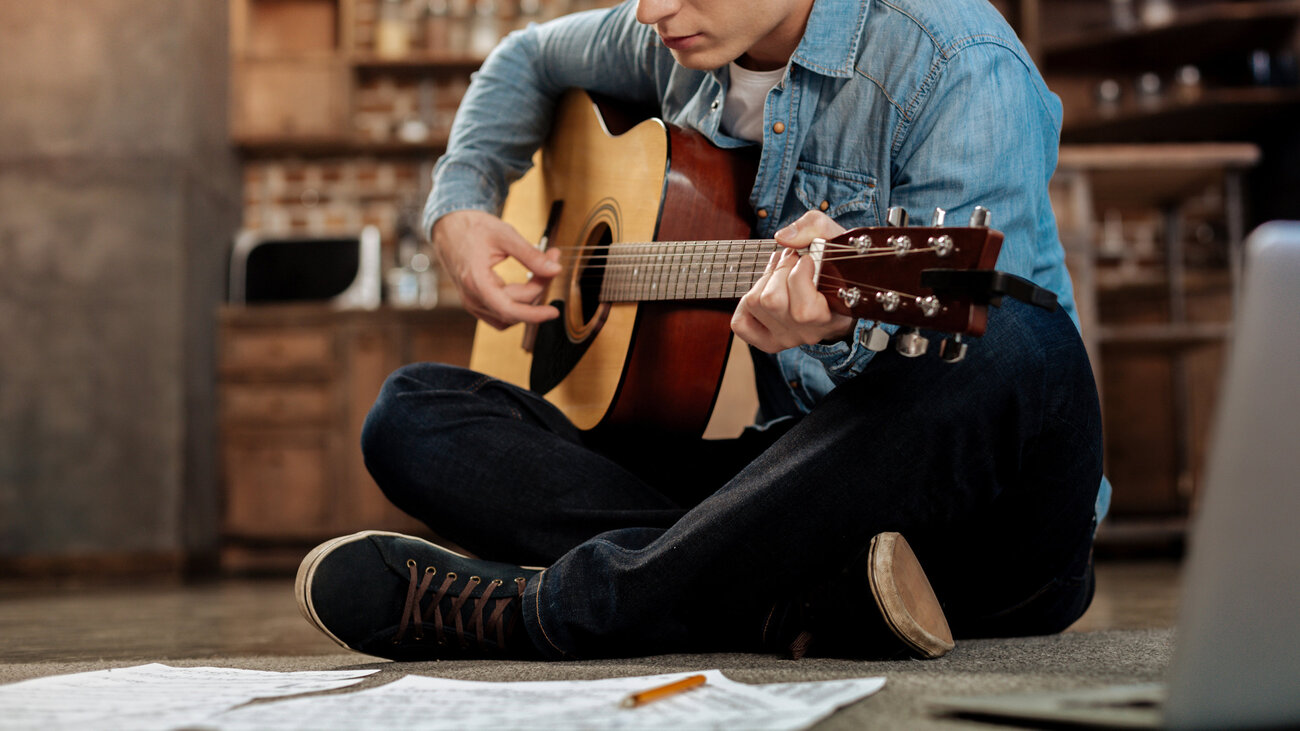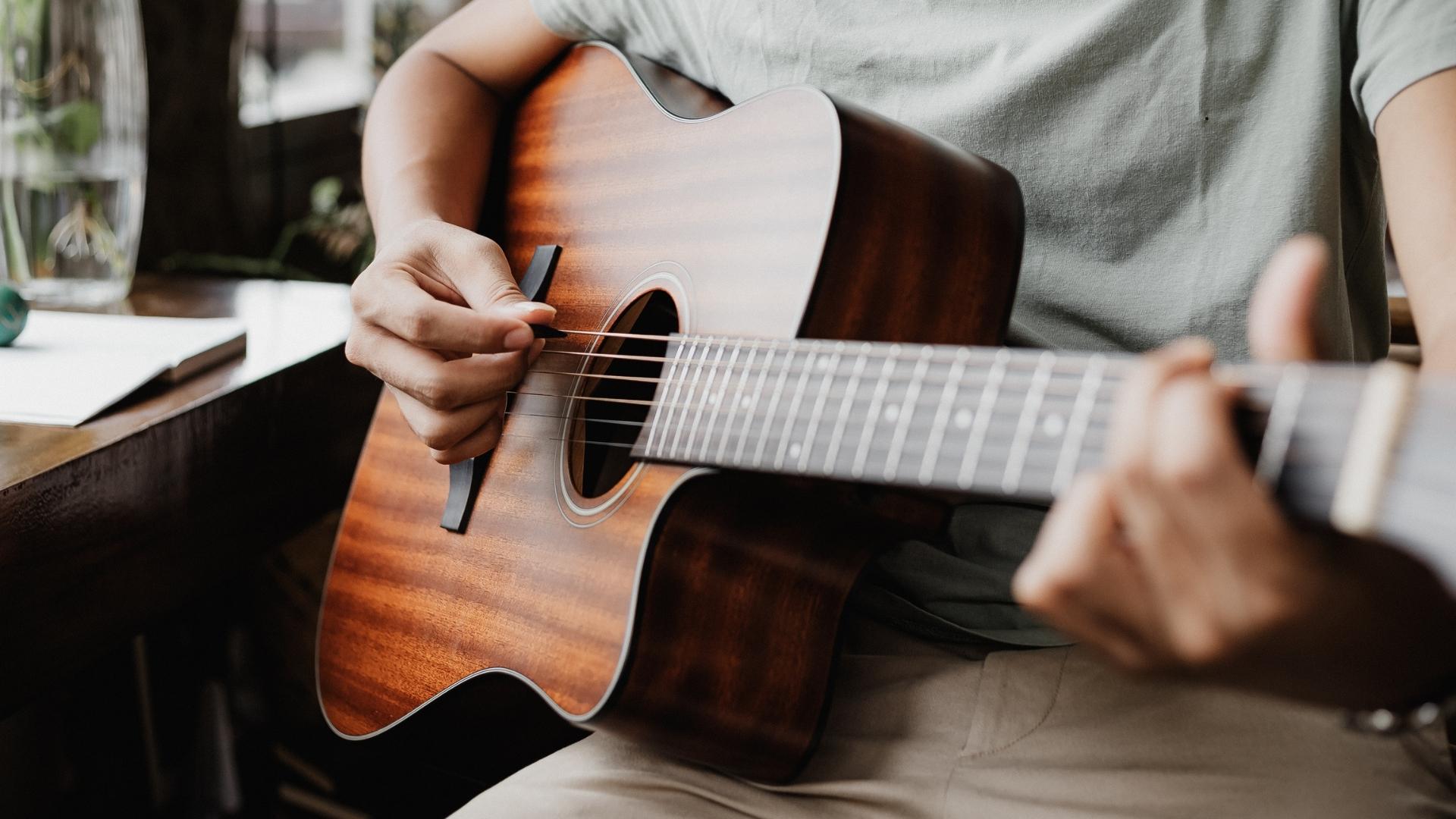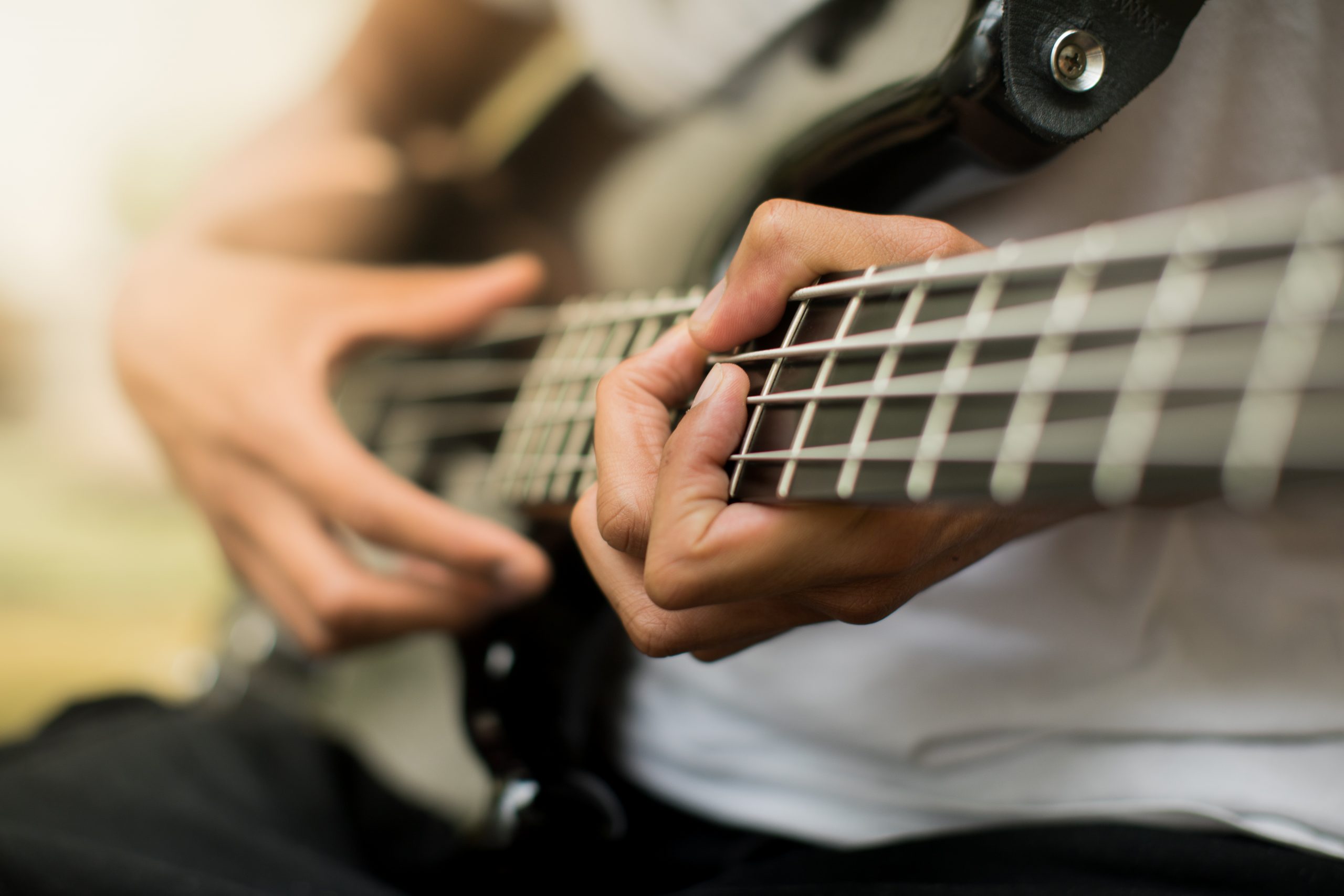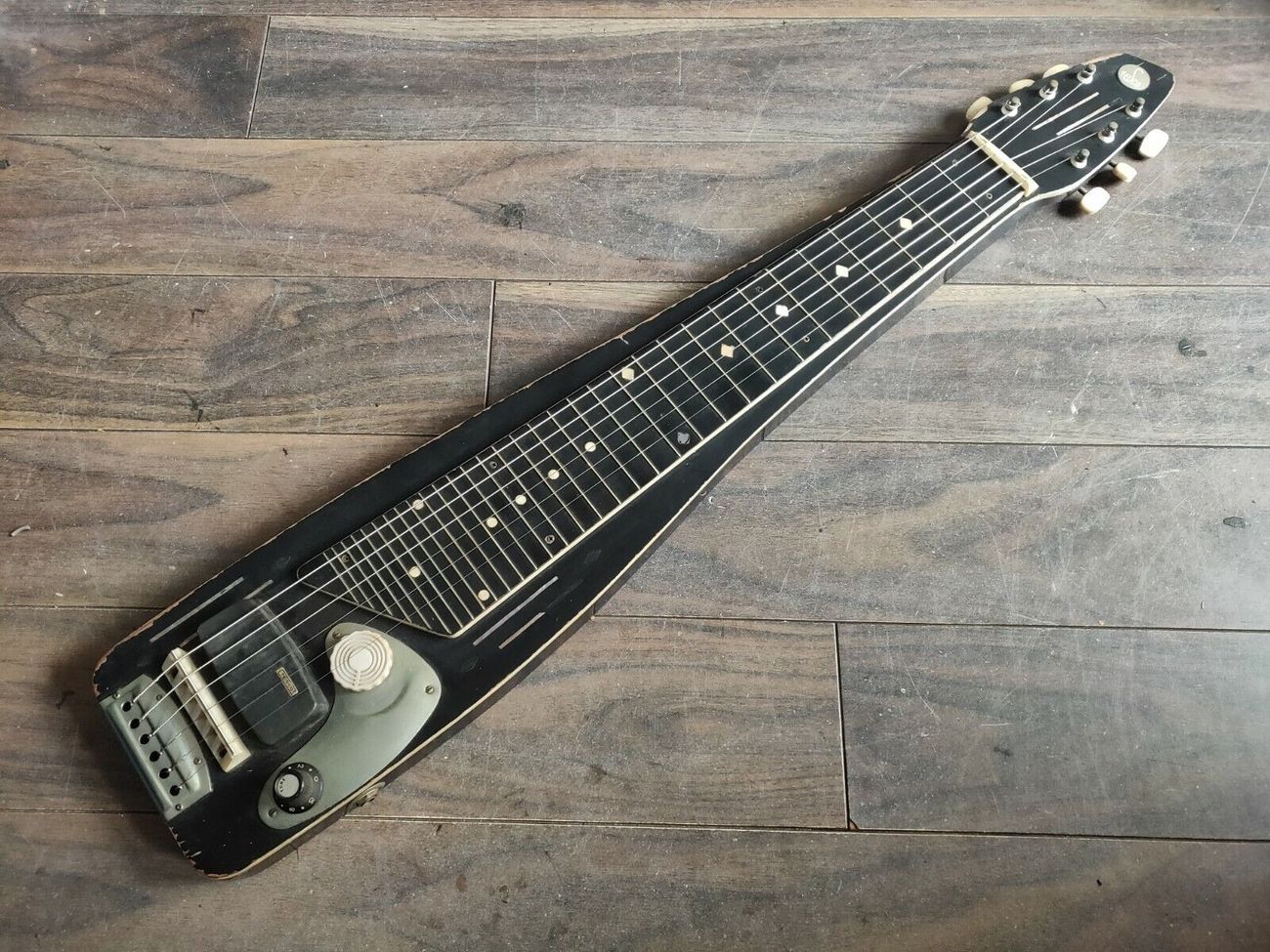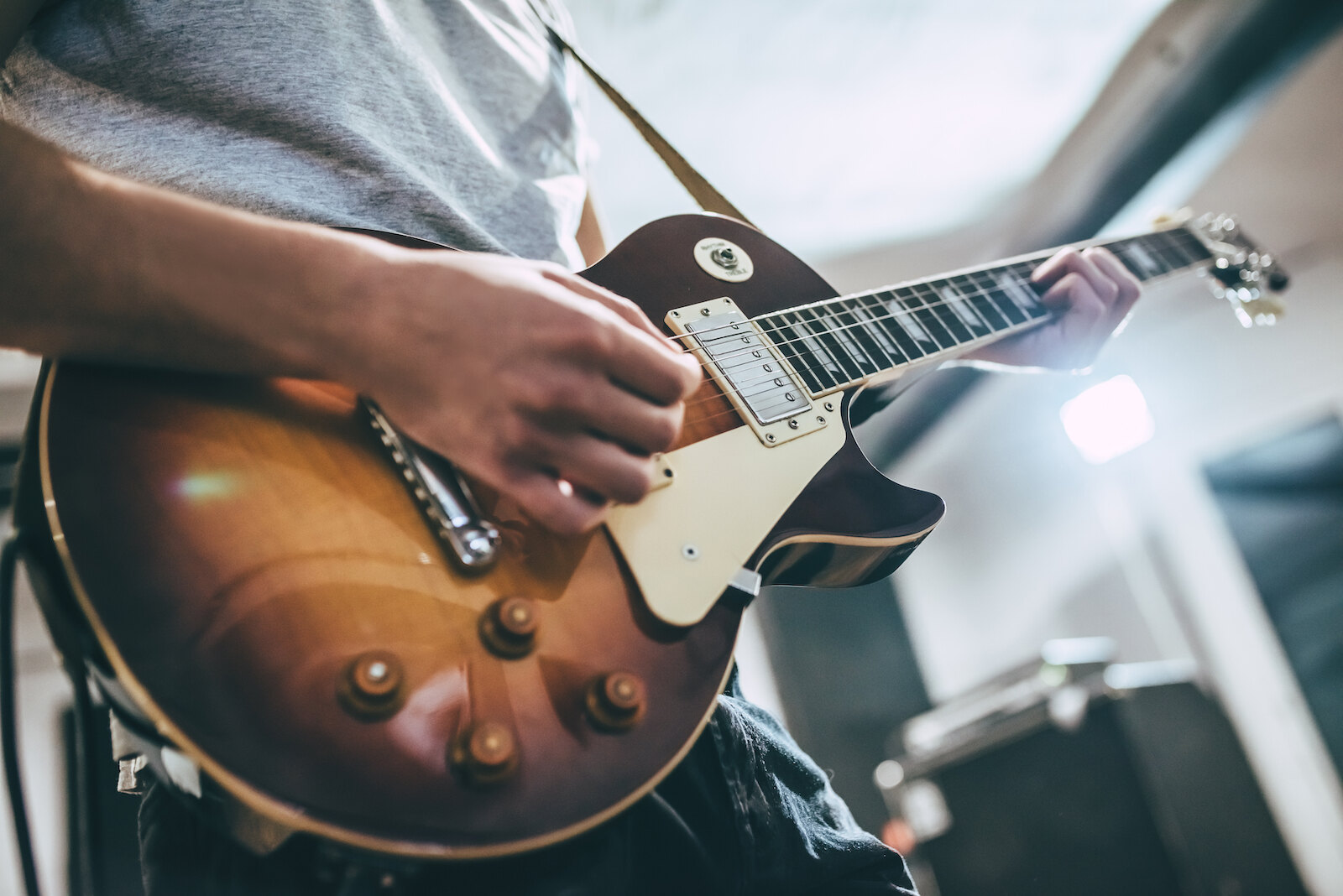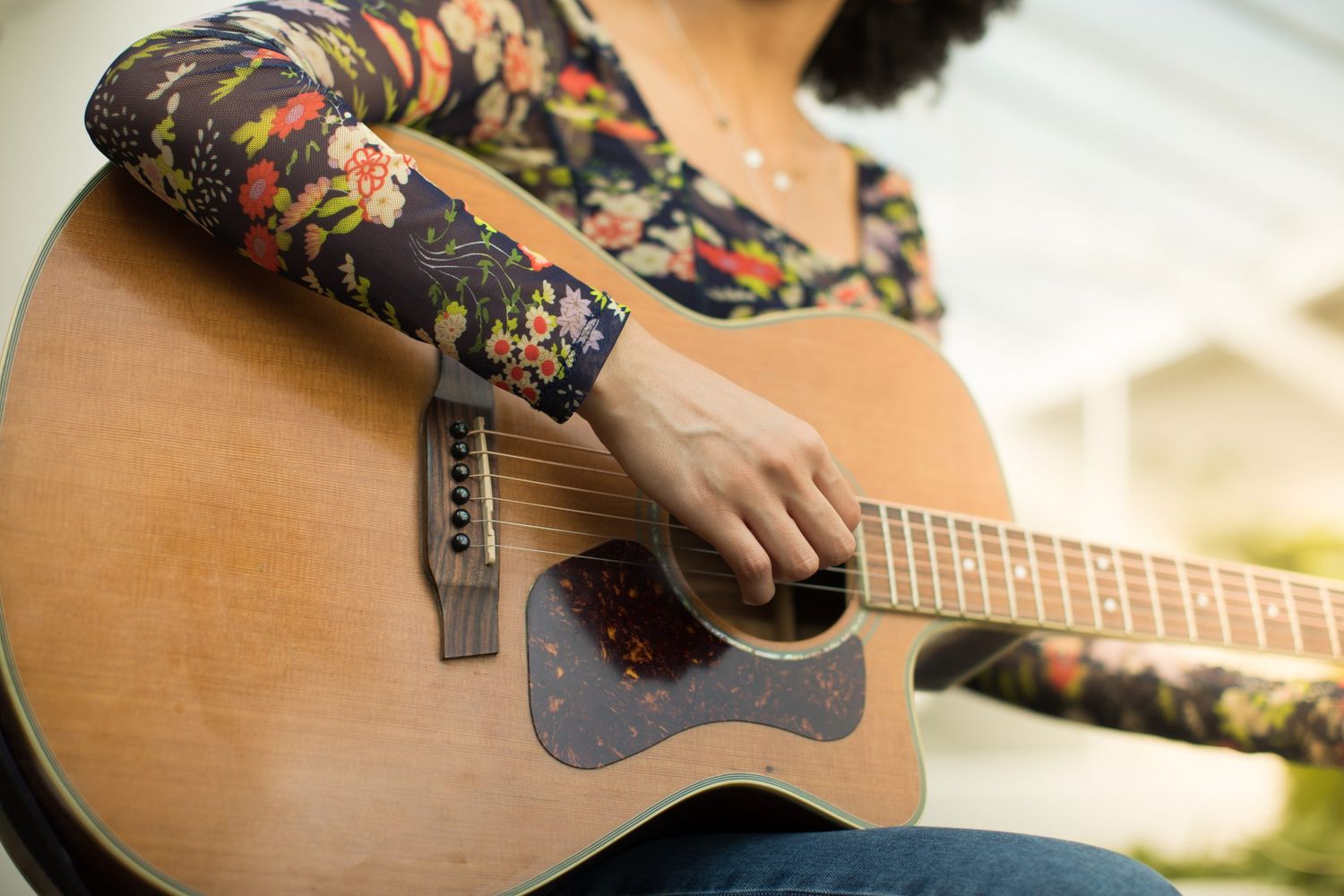Home>Instruments>Guitar>How To Play Dead Notes On Guitar


Guitar
How To Play Dead Notes On Guitar
Published: February 13, 2024
Learn how to play dead notes on guitar with our step-by-step guide. Master the technique and add depth to your guitar playing. Perfect for beginners and experienced players alike.
(Many of the links in this article redirect to a specific reviewed product. Your purchase of these products through affiliate links helps to generate commission for AudioLover.com, at no extra cost. Learn more)
Table of Contents
Introduction
Playing the guitar is a captivating journey that opens up a world of musical expression. As you progress in your guitar playing, you'll encounter various techniques that add depth and character to your sound. One such technique is playing dead notes, also known as muted notes. Understanding how to incorporate dead notes into your playing can significantly enhance your musicality and versatility as a guitarist.
Dead notes are a fundamental aspect of guitar playing that can add texture, rhythm, and dynamics to your music. They involve producing a percussive sound by lightly touching the strings without fully fretting them, resulting in a muted or "dead" sound. This technique is prevalent in a wide range of musical genres, including rock, funk, blues, and reggae, and is commonly used by guitarists to create rhythmic accents and add a distinct flavor to their playing.
Mastering the art of playing dead notes opens up a world of creative possibilities, allowing you to infuse your music with a unique groove and rhythmic flair. In this comprehensive guide, we will delve into the intricacies of dead notes, exploring their significance, techniques, and practical applications. Whether you're a beginner eager to expand your repertoire or a seasoned guitarist looking to refine your skills, understanding how to play dead notes on the guitar is a valuable asset that can elevate your musical prowess.
What Are Dead Notes?
Dead notes, also referred to as muted notes, are a fundamental aspect of guitar playing that involves producing a percussive sound without generating a distinct pitch. This technique is achieved by lightly resting the fretting hand on the strings, dampening their vibration and resulting in a muted or "dead" sound. Dead notes can be executed on both electric and acoustic guitars, offering a versatile means of adding rhythmic accents and dynamics to your playing.
When playing dead notes, the goal is to produce a subtle percussive effect, akin to a muted drumbeat, by preventing the strings from resonating freely. This technique is commonly denoted by "x" on chord charts and tablature, indicating that the strings should be muted rather than played as open or fretted notes. Dead notes are often integrated into rhythmic patterns and strumming sequences, contributing to the overall groove and texture of the music.
It’s important to note that dead notes should not be confused with fretted or open notes. While fretted notes produce distinct pitches and open strings resonate freely, dead notes yield a muted, percussive sound. This distinction underscores the unique role that dead notes play in shaping the rhythmic and tonal qualities of a musical composition.
Understanding the concept of dead notes is essential for guitarists seeking to expand their rhythmic vocabulary and infuse their playing with dynamic nuances. By incorporating dead notes into your musical repertoire, you can add depth, groove, and rhythmic diversity to your compositions, thereby enhancing your overall musical expression and creativity.
Why Use Dead Notes?
Dead notes serve as a versatile tool for guitarists, offering a myriad of benefits that contribute to the overall expressiveness and rhythmic complexity of their playing. Understanding the significance of incorporating dead notes into your musical repertoire can greatly enhance your ability to convey emotion, create engaging rhythms, and infuse your music with a unique sonic character.
One of the primary reasons to use dead notes is their ability to add rhythmic accents and percussive elements to your playing. By integrating muted, percussive sounds into your compositions, you can create dynamic rhythmic patterns that enhance the groove and drive of the music. Whether employed in funk-infused riffs, reggae-inspired strumming, or bluesy chord progressions, dead notes inject a sense of rhythmic vitality and energy into the music.
Furthermore, dead notes contribute to the overall texture and tonal palette of your playing. By juxtaposing the muted, percussive quality of dead notes with sustained or articulated notes, you can create a compelling contrast that adds depth and dimension to your sound. This contrast can be particularly effective in creating a sense of tension and release within a musical passage, enriching the emotional impact of the music.
Another compelling reason to use dead notes is their capacity to facilitate seamless transitions between chords and notes. When employed judiciously, dead notes can serve as transitional elements that connect various musical phrases, adding fluidity and cohesion to your playing. This seamless integration of dead notes can elevate the overall musicality of your compositions, allowing for smoother transitions and enhancing the overall listening experience.
Ultimately, the utilization of dead notes empowers guitarists to expand their rhythmic vocabulary, infuse their music with dynamic nuances, and craft compelling sonic landscapes. By leveraging the percussive and textural qualities of dead notes, guitarists can imbue their playing with a distinct rhythmic flair, adding depth, groove, and expressive power to their musical expressions.
How to Play Dead Notes on Guitar
Mastering the art of playing dead notes on the guitar involves a nuanced approach that encompasses both the fretting and strumming or picking hands. To execute dead notes effectively, it’s essential to develop a keen sense of touch and control, allowing you to produce the desired percussive effect while maintaining a fluid and natural playing style.
When playing dead notes, the fretting hand plays a crucial role in lightly resting on the strings to dampen their vibration. This can be achieved by gently laying the fingers across the strings without pressing them down to fret specific notes. The goal is to exert just enough pressure to mute the strings, resulting in a muted, percussive sound when strummed or picked. It’s important to maintain a relaxed yet deliberate touch, ensuring that the strings are muted without being fully pressed down to produce distinct pitches.
Concurrently, the strumming or picking hand contributes to the execution of dead notes by generating the percussive sound through controlled strumming or picking motions. When incorporating dead notes into your playing, it’s essential to strike the strings with precision, allowing the muted strings to produce a subtle yet discernible percussive effect. This requires a delicate balance between the force applied to the strings and the finesse required to produce a muted sound without overpowering the musical arrangement.
Developing proficiency in playing dead notes entails honing your coordination between the fretting and strumming or picking hands, ensuring that both elements work in harmony to produce the desired rhythmic and textural effects. As with any guitar technique, consistent practice and attentive listening are paramount to refining your ability to execute dead notes seamlessly and expressively.
By mastering the technique of playing dead notes on the guitar, you can expand your rhythmic repertoire, infuse your music with dynamic textures, and unleash a new realm of creative possibilities. Whether incorporated into chord progressions, riffs, or melodic passages, dead notes offer a versatile means of adding rhythmic vitality and percussive flair to your playing, elevating your musical expression to captivating heights.
Techniques for Playing Dead Notes
Playing dead notes on the guitar involves employing various techniques to achieve the desired percussive effect while seamlessly integrating them into your musical repertoire. These techniques encompass a range of approaches that enable you to infuse your playing with rhythmic accents, dynamic textures, and expressive nuances, enhancing the overall musicality of your performance.
One fundamental technique for playing dead notes involves utilizing the fretting hand to lightly touch the strings, muting their vibration and producing a muted, percussive sound. This technique requires a delicate balance between exerting just enough pressure to mute the strings without fully fretting specific notes, allowing for a controlled and nuanced execution of dead notes.
Another technique for playing dead notes entails integrating them into rhythmic patterns and strumming sequences, effectively incorporating the muted, percussive sounds into the overall groove and texture of the music. By strategically interspersing dead notes within strummed chords or rhythmic passages, you can create dynamic rhythmic accents that enhance the drive and energy of the music.
Furthermore, employing palm muting, a technique where the picking hand’s palm lightly rests on the strings near the bridge, can yield a distinctive muted sound, enriching the percussive quality of dead notes. This technique is particularly effective for generating a tight, focused sound that complements the rhythmic intensity of palm-muted passages, contributing to the overall dynamics and tonal depth of the music.
Additionally, incorporating dead notes into lead guitar playing involves utilizing techniques such as pull-offs and hammer-ons to produce muted, percussive articulations within melodic passages. By deftly integrating dead notes into your lead guitar phrasing, you can imbue your solos and improvisations with rhythmic intricacies and expressive nuances, elevating the emotive impact of your playing.
Ultimately, mastering the techniques for playing dead notes on the guitar empowers you to expand your rhythmic vocabulary, infuse your music with dynamic textures, and unleash a new realm of creative possibilities. By honing these techniques and integrating dead notes into your playing, you can elevate your musical expression, captivate listeners with compelling rhythmic nuances, and imbue your compositions with a distinct sense of groove and vitality.
Incorporating Dead Notes into Your Playing
Integrating dead notes into your guitar playing offers a wealth of creative opportunities for enhancing the rhythmic complexity, textural depth, and expressive dynamics of your musical performances. Whether you’re exploring diverse genres or seeking to infuse your playing with a distinct rhythmic flair, incorporating dead notes can significantly enrich your musical repertoire and captivate audiences with compelling rhythmic nuances.
One effective approach to incorporating dead notes into your playing is to experiment with various strumming and picking patterns that feature muted, percussive accents. By strategically interspersing dead notes within chord progressions or rhythmic sequences, you can create captivating rhythmic motifs that infuse your music with a sense of groove and vitality. This technique is particularly prevalent in genres such as funk, reggae, and blues, where the rhythmic interplay of dead notes adds a distinctive rhythmic character to the music.
Furthermore, integrating dead notes into lead guitar playing allows for the exploration of nuanced articulations and rhythmic embellishments within melodic passages. By incorporating muted, percussive articulations through techniques like pull-offs and hammer-ons, you can imbue your lead guitar phrasing with dynamic textures and expressive nuances, enhancing the emotive impact of your solos and improvisations.
Another compelling way to incorporate dead notes into your playing is to utilize palm muting, a technique where the picking hand’s palm lightly rests on the strings near the bridge to produce a muted, percussive sound. This approach is particularly effective for creating tight, focused rhythms and adding a sense of rhythmic intensity to your playing, enriching the overall dynamics and tonal depth of the music.
Moreover, exploring the integration of dead notes into fingerstyle guitar playing offers a unique avenue for infusing your compositions with rhythmic intricacies and percussive accents. By incorporating muted, percussive elements within fingerstyle patterns, you can create captivating rhythmic textures that elevate the rhythmic complexity and expressive depth of your fingerstyle arrangements.
Ultimately, incorporating dead notes into your guitar playing empowers you to expand your rhythmic palette, infuse your music with dynamic textures, and unleash a new realm of creative possibilities. By embracing the rhythmic and percussive qualities of dead notes, you can elevate your musical expression, captivate listeners with compelling rhythmic nuances, and imbue your compositions with a distinct sense of groove and vitality.
Conclusion
Mastering the art of playing dead notes on the guitar is a transformative journey that empowers guitarists to expand their rhythmic vocabulary, infuse their music with dynamic textures, and unleash a new realm of creative possibilities. By understanding the significance of dead notes and honing the techniques for their execution, guitarists can elevate their musical expression, captivate listeners with compelling rhythmic nuances, and imbue their compositions with a distinct sense of groove and vitality.
Dead notes serve as a versatile tool for adding rhythmic accents, percussive elements, and dynamic textures to your playing, enhancing the overall expressiveness and rhythmic complexity of your musical performances. Whether incorporated into chord progressions, lead guitar phrasing, or fingerstyle arrangements, dead notes offer a wealth of creative opportunities for infusing your music with a unique sonic character.
By integrating dead notes into your playing, you can create captivating rhythmic motifs, infuse your music with a sense of groove and vitality, and enhance the emotive impact of your compositions. Whether you’re exploring diverse genres or seeking to infuse your playing with a distinct rhythmic flair, incorporating dead notes can significantly enrich your musical repertoire and captivate audiences with compelling rhythmic nuances.
Ultimately, the utilization of dead notes empowers guitarists to expand their rhythmic vocabulary, infuse their music with dynamic nuances, and craft compelling sonic landscapes. By embracing the percussive and textural qualities of dead notes, guitarists can imbue their playing with a distinct rhythmic flair, adding depth, groove, and expressive power to their musical expressions.
As you embark on your journey of incorporating dead notes into your guitar playing, remember that consistent practice, attentive listening, and creative exploration are essential components of mastering this technique. By honing your ability to execute dead notes seamlessly and expressively, you can elevate your musical prowess, unleash your creativity, and embark on a musical odyssey filled with captivating rhythmic nuances and expressive textures.



